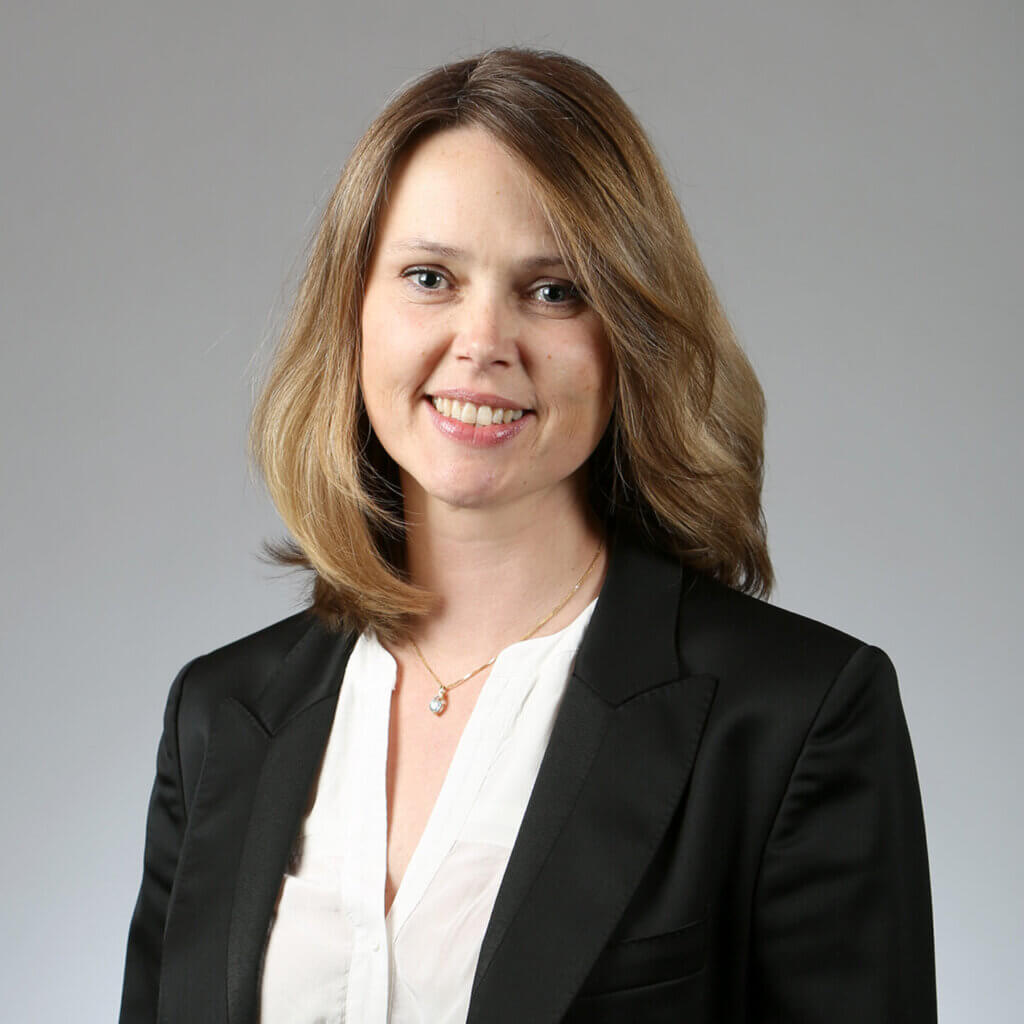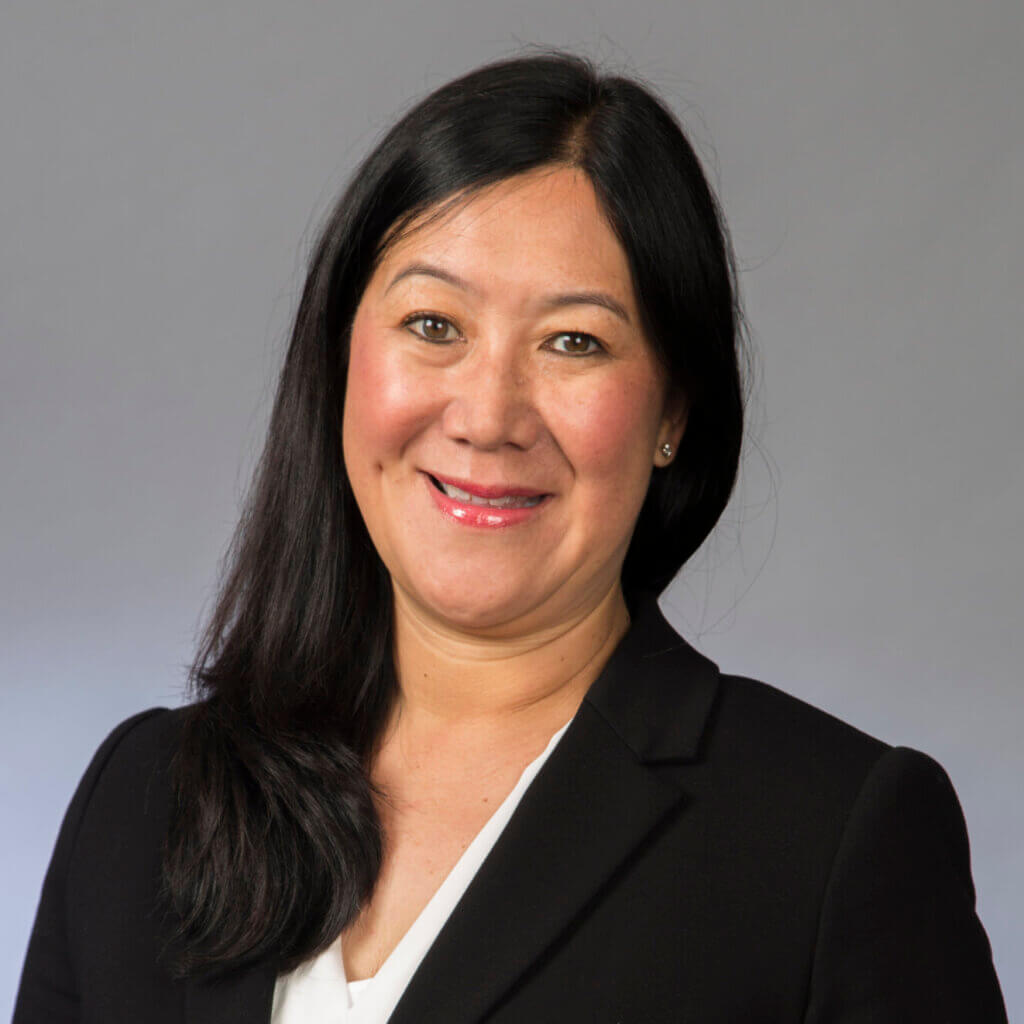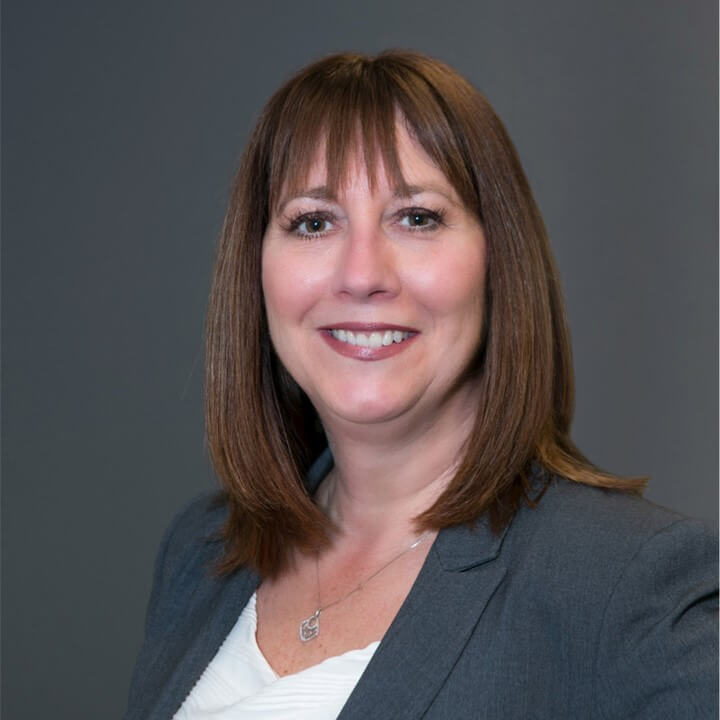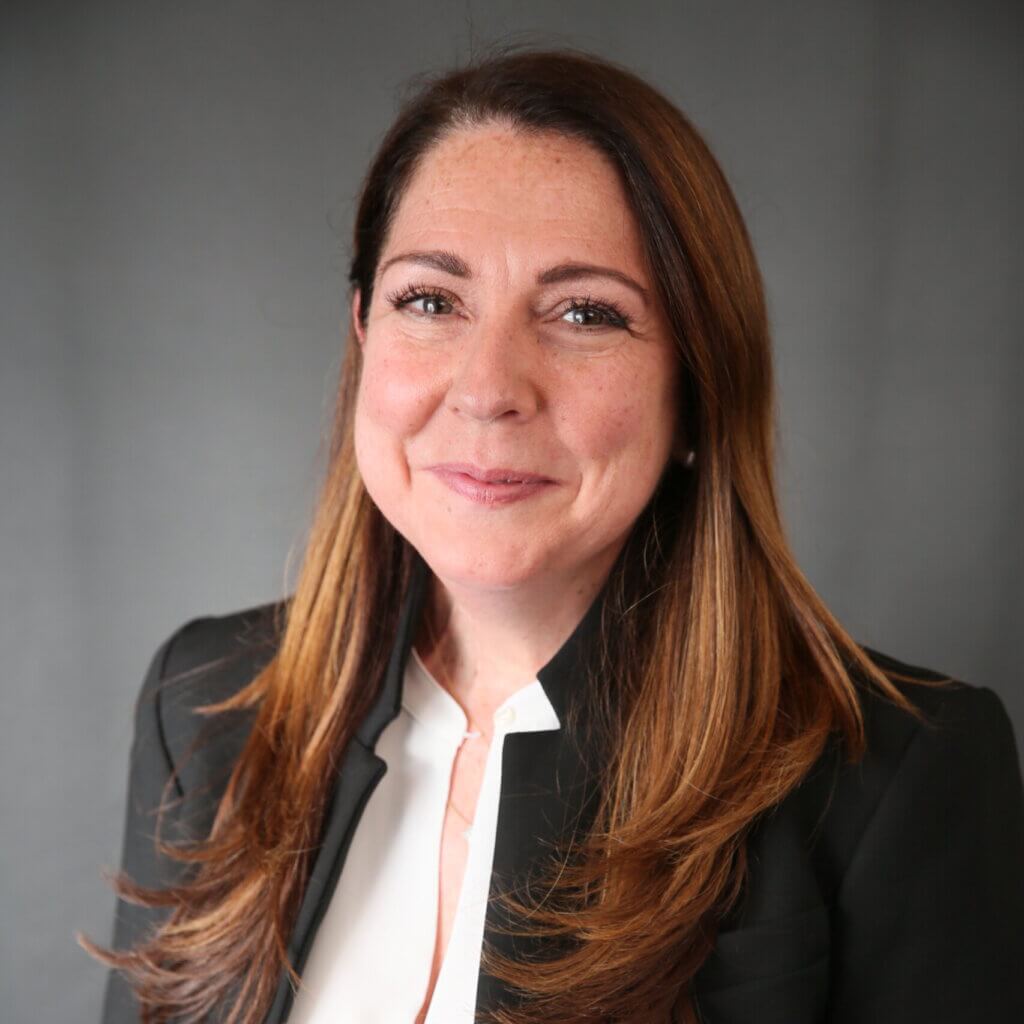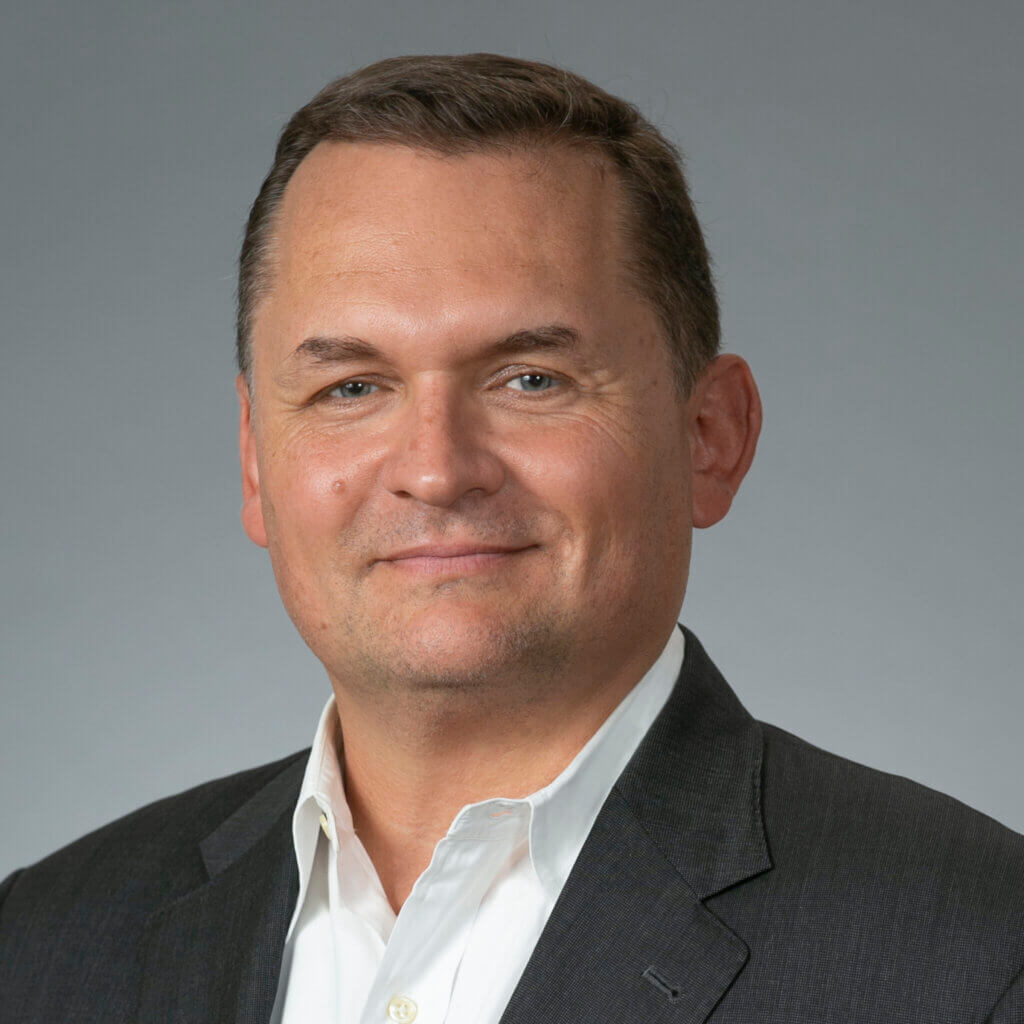
Private Equity in H2 2024: a waiting game
Tim Toska
Global Sector Head, Private Equity
What to watch out for H2 2024:
- Slower than expected rate cuts have kept the PE industry in a holding pattern for the first half of 2024
- Secondaries markets and continuation fund deals will remain a crucial source of liquidity through the rest of the year as deal markets adapt to a “higher for longer” rate environment
- The reopening of the IPO window and a cluster of high-profile sales to strategic buyers raise hopes that exit market are showing green shoots
- A two-tier fundraising market is emerging as investors waiting on distributions focus new fund allocations on a select band of managers
The rebound in private equity M&A and fundraising anticipated at the beginning of 2024 has yet to materialize, but dealmakers remain hopeful that momentum will build in the months ahead.
The PE industry entered 2024 on the back of a challenging 24 months where buyout and exit deal value declined for two consecutive years as inflation and rising interest rates drove up deal financing costs, decreased appetite for risk and spark dislocation in pricing expectations between buyers and sellers.
At the end of 2023 hopes built that cooling inflation would lead to a series of interest rate cuts in 2024, the first coming as early as May 2024, but hawkish central banks have been reluctant to cut rates early, with the US Federal Reserve signaling that there may only be one interest rate cut this year.
Deal activity green shoots
Slower than anticipated rate cuts have put the expected rally in PE deal activity on hold, but even though many dealmakers have opted to sit tight through the first six months of the year, buyout and exit activity has shown some early green shoots, putting the market in a better position than it was 12 months ago.
According to White & Case figures, global buyout deal value for Q1 2024 came in at US$165.73 billion, ahead of the US$144.65 billion posted in Q1 2023. Exit value also improved year-on-year, but only marginally, up from US$57.48 billion in Q1 2023 to US$59.17 billion over the first three months of this year.
A rally in equity markets and the reopening of the IPO market have helped to kickstart PE exits back into life, according to Bain & Co, with jumbo IPOs such as EQT’s US$2.6 billion listing of Galderma Group delivering large exits for managers.
There can be no arguing, however, that exit markets will have to build more momentum in coming months to clear backlogs of unsold companies and improve distributions to LPs.
Bain & Co analysis of funds at 25 of the world’s largest buyout firms shows that the number of portfolio companies held by managers has doubled during the last decade. Managers will be hoping that deal markets fully reopen sooner rather than later so that portfolio companies can be exited and distributions to LPs improved.
Flat fundraising
A rise in exit activity and distributions to LPs will be a catalyst for improving fundraising conditions. According to PEI’s Q1 2024 private equity fundraising report, fundraising over the first quarter of 2024 slipped to US$176.7 billion, down from US$195.5 billion in Q1 2023 and the third-lowest quarterly total since 2019.
LPs haven’t turned off the taps completely. EQT, for example, hit the €22 billion hard cap for its latest flagship fund (and largest ever) early 2024, with other blue-chip names including Cinven, BDT Capital Partners and Apax Partners also closing new flagship funds in the first half of 2024.
With a cohort of big names scheduled to wrap up funds that are currently on the road in the coming months, PEI anticipates that fundraising numbers will improve through the course of the year. This, however, does not mean that fundraising is getting any easier, with a two-tier market emerging as investors focus on making allocations to select managers, while other firms have had to spend longer on the road to coral sufficient support.
Alternative liquidity routes provide breathing room
The slower than hoped for reopening of traditional exit markets has been mitigated by steady activity in the secondaries space, which has continued to provided managers and LPs with opportunities to take liquidity and keep the PE ecosystem ticking over.
According to PJT Partners, secondaries deal volume was robust in Q1 2024, climbing by around 20 percent year-on-year as LPs continued to turn to secondaries markets to realize portfolio assets in a low distribution environment.
A surge in exits via continuation fund structures have also provided a welcome source of liquidity, as managers take up opportunities in a flat exit market to put prized portfolio companies into continuation funds that provide investors with the option to take cash proceeds or retain exposure. According to Pitchbook, 27 continuation fund deal progressed in Q1 2024, more than double the 13 continuation funds deals posted in Q1 2023. Some managers also continue to explore other novel options to unlock liquidity for investors, with NAV finance (where managers take out loans against fund assets) one pathway that has been used to fund distributions.
Patience required
Alternative routes to liquidity are expected to remain a busy area of the market through the second half of 2024, but managers who have had assets lined up for sales through traditional exit routes will be hoping that deal markets do finally reopen.
Big exits such as the US$18.25 billion sale of roofing supplier SRS Distribution to The Home Depot by Leonard Green & Partners and Berkshire Partners do point to signs of strategic sales defrosting. With buyout managers sitting on US$1.1 trillion of dry powder, secondary buyout activity will also have to increase eventually.
Deal markets may be a long way off matching the red-hot activity levels and valuations of 2021, but managers will only be able to hold off on new investments and exits for so long.
As stakeholders accept that interest rates will be higher for longer, and recalibrate pricing expectations and risk appetite accordingly, deal markets should fall back into balance and get the PE industry moving in earnest again.

Gain the upper hand in Private Equity
Choose the administrator trusted by 90% of the top PE firms for our multi-sector expertise, award-winning technology and bespoke operating models.
Private Debt in H2 2024: back to basics
Greg Myers
Global Sector Head, Debt Capital Markets

What to watch out for in H2 2024:
- Private debt managers will see steady deal flow and opportunities to underwrite deals at attractive yields – but competition is intensifying
- Loan margins will compress as banks return to market and syndicated loan markets reopen
- Defaults in private credit will start to climb, putting more pressure on lender portfolios
- Market consolidation is anticipated as scale becomes increasingly important for deal origination and managing stressed and distressed credits
Private debt has been one of the few beneficiaries of climbing interest rates, but while attractive risk-adjusted returns remain on offer, deploying capital will be more challenging the months ahead.
Through the course of 2023 banks and syndicated loan investors pulled back from underwriting in the face of economic uncertainty and rising interest rates, leaving the way open for private debt funds to gain market share and finance larger tickets. According to Barclays, private debt managers financed 84 percent of US middle market leveraged buyouts in 2023, the highest market share in decade.
Private debt managers have not only gained market share, but have also been able to secure highly attractive risk-adjusted returns. With base rates climbing to above five percent, the typical floating rate structures used in private debt loans have produced yields of around 12 percent, according to analysis from FS Investments, putting the class in a position to produce equity-like turns with lower risk.
Margins compress as competition intensifies
Looking ahead to the rest of 2024 and into 2025, slower than anticipated rate cuts will see private debt managers continue to source deals with attractive yields, but the strong tailwinds that carried the asset class in 2023 will begin to ease.
Peak interest rates coupled with soft landings for the US, and European economies have seen momentum return to syndicated loan markets, with banks and investors moving to regain market share ceded to private debt players during the last 12 to 18 months. US leveraged loan issuance was up 63 per cent year-on-year in Q1 2024, while European leveraged loan markets showed gains of 50 per cent year-on-year for the first quarter, according to White & Case figures.
As syndicated loan markets have reopened, borrowing costs have edged lower, with White & Case reporting tighter margins in both US and European leveraged loan market.
Margin compression has filtered into private debt as managers have encountered more competition. Bloomberg reports that average margins for private debt loans issued during the last 12 months have come down by 0.5 percent when compared to margins on loans issued between one and two years ago.
This is by no means a disaster for private debt (direct lending activity remains robust, and issuance has continued to grow through the course of 2024, but tightening margins do point to narrower yields in a more competitive market where private debt managers don’t have it all their own way.
As competition intensifies, private debt managers are expected to sharpen focus on their core middle-market lending franchises. As the large cap end of the market sees more competition, managers will see more flow in the less liquid middle-market, which more insulated from the resurgence in syndicated loan issuance.
Lending to borrowers with Ebitda of less than US$100 million will be an active and attractive part of the market for private debt managers, as there is less competition from syndicated loans for these smaller credits, giving managers more scope to protect margins.
Dealing with defaults
In addition to navigating more competition and tighter margins, the next 6-12 months are also expected to see private debt funds encounter more stress and default risk in current portfolios.
S&P Global Ratings notes that while deal flow remains abundant for private debt managers, defaults and negative ratings are forecast to climb to multi-year highs in 2024, testing portfolios and returns.
An uptick in private debt default rates would place a natural check on the rapid growth of the private debt industry over the last five to 10 years. Investors allocated more than US$200 billion to private debt from the start of 2021 to the beginning of 2024, according to S&P, growing the industry into a US$1.7 trillion asset class.
This has seen the number of private debt managers proliferate, with Preqin tracking more than 1,300 private debt managers in North America alone. Bank retrenchment, low defaults and high yields have created a ‘goldilocks’ environment for new entrants, but as these favorable drivers moderate, a winnowing of the market is set to follow.
Value of scale to drive consolidation
Established managers with proven track records, who have built platforms of scale, will be well positioned to navigate this shift in market conditions.
Smaller players, however, who do not have the scale and fee income to invest in deal origination and distressed credit workout infrastructure will find it more difficult to source transaction flow and protect portfolio value in a more “normal market”.
Big platforms also benefit for the ability to run multiple strategies, such a distressed debt and specialty lending, alongside direct lending, which is the largest strategy in private credit, but is also the most competitive. Firms with more than one strategy are more diversified and have a wider range of options when it comes to raising and deploying capital across economic cycles.
The emerging bifurcation between large private debt platforms and smaller firms is set to lead to a period of consolidation in the asset class, as smaller managers move to team up with larger private markets peers, and big platforms leverage acquisitions to grow assets under management (AUM) and broaden out into new geographies and investment strategies.
Private debt continues to offer attractive yields and protection against downside risk, but scale and track record will become increasingly important as predictors of manager longevity and performance in the months and years ahead.

Park Square Capital adopts Alter Domus’ Credit.OS
Discover how Park Square Capital’s utilization of Credit.OS transformed their data entry process and enabled the standardization of reporting templates.

Real Assets in H2 2024: holding Steady
Anita Lyse
Global Sector Head, Real Assets
What to watch out for in H2 2024:
- Real estate and infrastructure portfolios hold steady in high-rate environment
- Deal activity and fundraising tepid as anticipated rate cuts decline
- Fast-approaching debt maturities will absorb GP bandwidth
- The long-term megatrends of ESG and decarbonisation will drive sustained growth and investment opportunities
Slower than anticipated interest rate cuts have tempered hopes for a revival in real assets investment activity and fundraising in the first half of 2024.
Global infrastructure and energy asset M&A registered a 24.3 percent year-on-year decline in the first quarter of 2024 according to IJGlobal; while JLL recorded a 6 percent year-on-year decline in global real estate direct investment in Q1 2024, and a 34 percent decline on a trailing 12-month period.
Fundraising has been equally challenging, with real estate funds only raising US$19.8 billion in Q1 2024, the lowest quarterly takings since 2011, according to PERE. Infrastructure fundraising performed better, climbing from US$8 billion in Q1 2023 to US$27 billion in Q1 2024, according to Infrastructure Investor. The strong rally in Q1 2024, however, masks what was still the second-worst first quarter for infrastructure fundraising in five years, and the fact that many of the managers that closed funds in Q1 only did so after lengthy periods on the road.
Steady performance and a brightening outlook
Real assets portfolios, however, have sustained steady performance despite the impact of rising interest rates on investment activity and fundraising.
Infrastructure returns have dropped into single digits, according to the CBRE, but have weathered rising interest rates and continued to deliver predictable, low-risk cash flows for investors. Schroders, meanwhile, sees property total returns registering 4% to 5% in 2024, and rising to between 7% and 9% from 2025 to 2029.
Resilient portfolio performance positions real assets managers well to take advantage of opportunities that will arise when M&A markets eventually do reopen.
Even though sticky inflation has meant that interest rates have not come down as quickly, or by as much, as anticipated at the beginning of 2024, there is confidence that rates have now peaked, with rate cuts on the way. The European Central Bank (ECB) has already trimmed rates in 2024, with the Bank of England and US Federal Reserve expected to follow suit in H2 2024.
As rate cuts begin to come through, real estate and infrastructure dealmaking should finally revive, making it easier for managers to sell assets and return proceeds to investors. Increases in distributions will have a positive impact on fundraising, as LPs get back to reinvesting proceeds in the next vintage of funds.
Through this period of low transaction volumes and low fundraising in real assets, managers have also adapted and kept busy by developing real estate and infrastructure debt strategies, forming joint venture partnerships, and executing deals through separate accounts and deal-by-deal arrangements.
Maturity wall looms
Even if real assets M&A markets are set to rally, one looming cloud on the horizon for managers will be refinancing current borrowings as debt maturities come into view.
According to MSCI figures reviewed by asset manager LGIM, around £130 billion of UK commercial mortgages will mature between 2024 and 2026, with the equivalent figure for the US is sitting in the US$1.4 trillion region.
For many issuers, these maturing debt tranches will have been issued at the peak of the credit cycle, when borrowers could take on relatively high levels of leverage at low financing costs. Borrowers that have to refinance will find that borrowing costs are significantly higher, and that the amount of leverage available is down. It will be difficult, then, for investment managers to maintain existing capital structures for their portfolio on the same terms.
This will not necessarily lead to defaults but is likely to see higher financing costs and an uptick in amend-and-extend deals, equity cures, and repricings, which will put strain on cashflows and stretch manager resources.
Going Green
There are certain subsectors within real assets, however, that are expected to ease through near-term refinancing pressures and navigate the transitional period out of the cycle of interest rate hikes.
Infrastructure investments facilitating decarbonization and energy transition have sustained ongoing investor interest through recent periods of market dislocation and are expected to continue enjoying strong investor and lender support through the rest of 2024 and into 2025.
According to LGIM, countries representing 90% of the world’s population have committed to net-zero targets, and in the US and Europe substantial subsidies have been made available by governments to accelerate the shift.
The long-term, strategic priority placed on net zero by policymakers has seen energy transition emerge as one of the most resilient areas for investment during the last two years.
CBRE notes that the five largest project finance deals in 2023 were all linked to energy transition, while an Infrastructure Investor survey found that renewables ranked as the most popular segment for LP infrastructure allocations.
In real estate, meanwhile, ESG is becoming an increasingly important differentiator, with research from JLL indicating that office buildings with sound green and energy efficiency credentials are able secure higher capital values and rents. Similar trends have been observed in logistics assets, where Savills has found that 90 percent of tenants in logistics real estate are prepared to pay a premium for sustainable buildings.
In a real assets market that is still finding its feet after a period of climbing interest rates, ESG and energy transition will remain the core drivers of fundraising and deal activity, even as other parts of the market spring back to life.

The Real State of Real Estate
The real estate market has offered many challenges in recent years. Here we assess the opportunities beginning to arise and the role of advanced services and technology on your operations.






